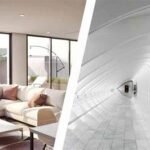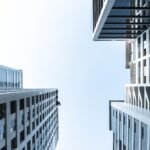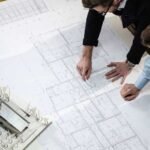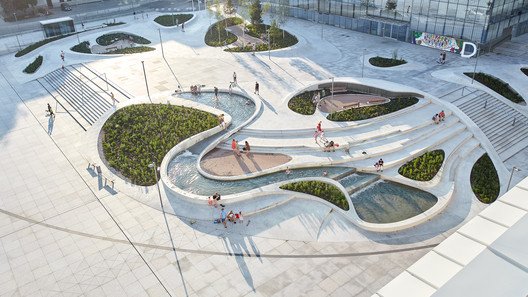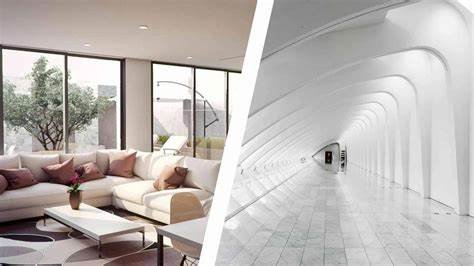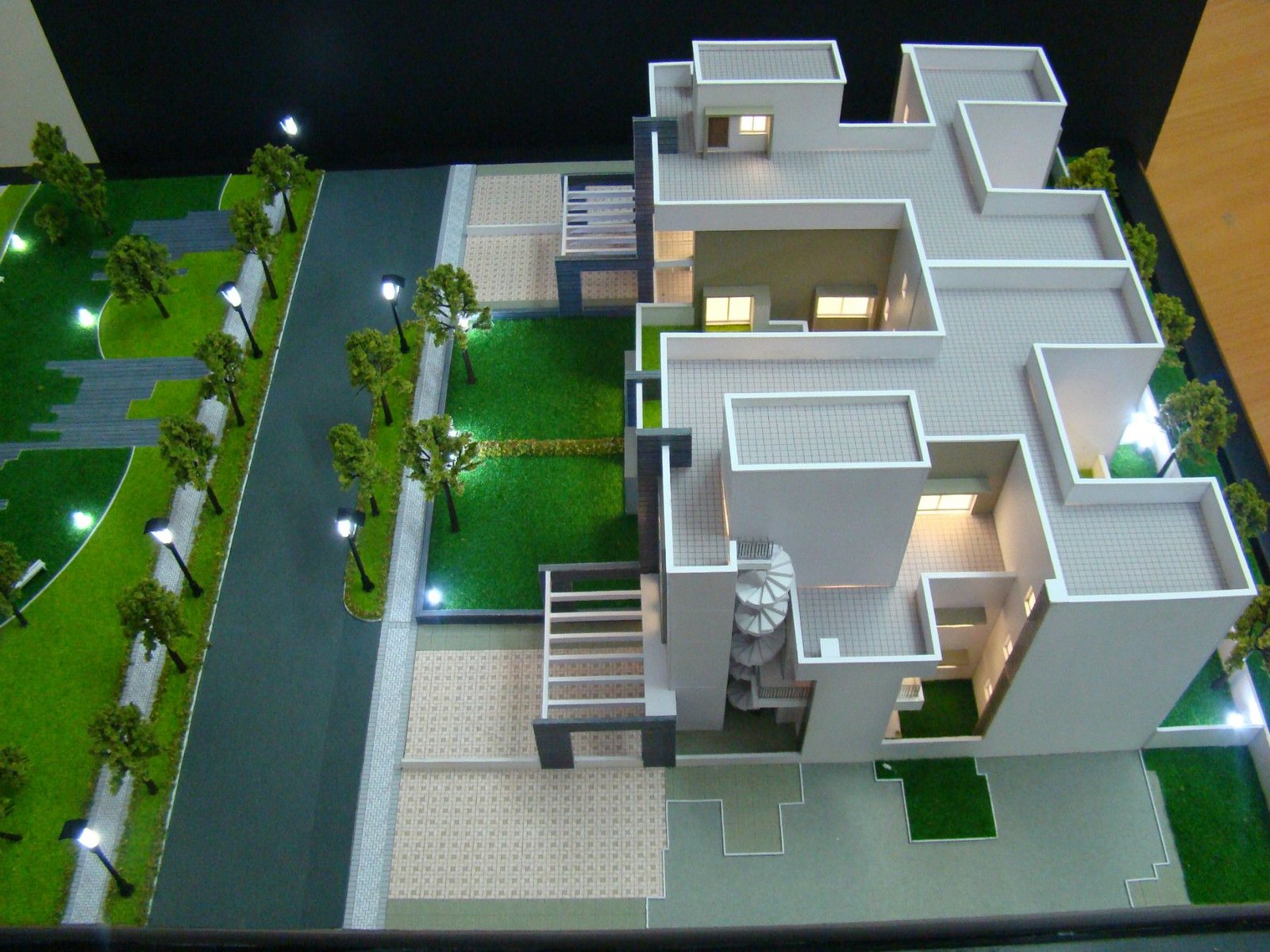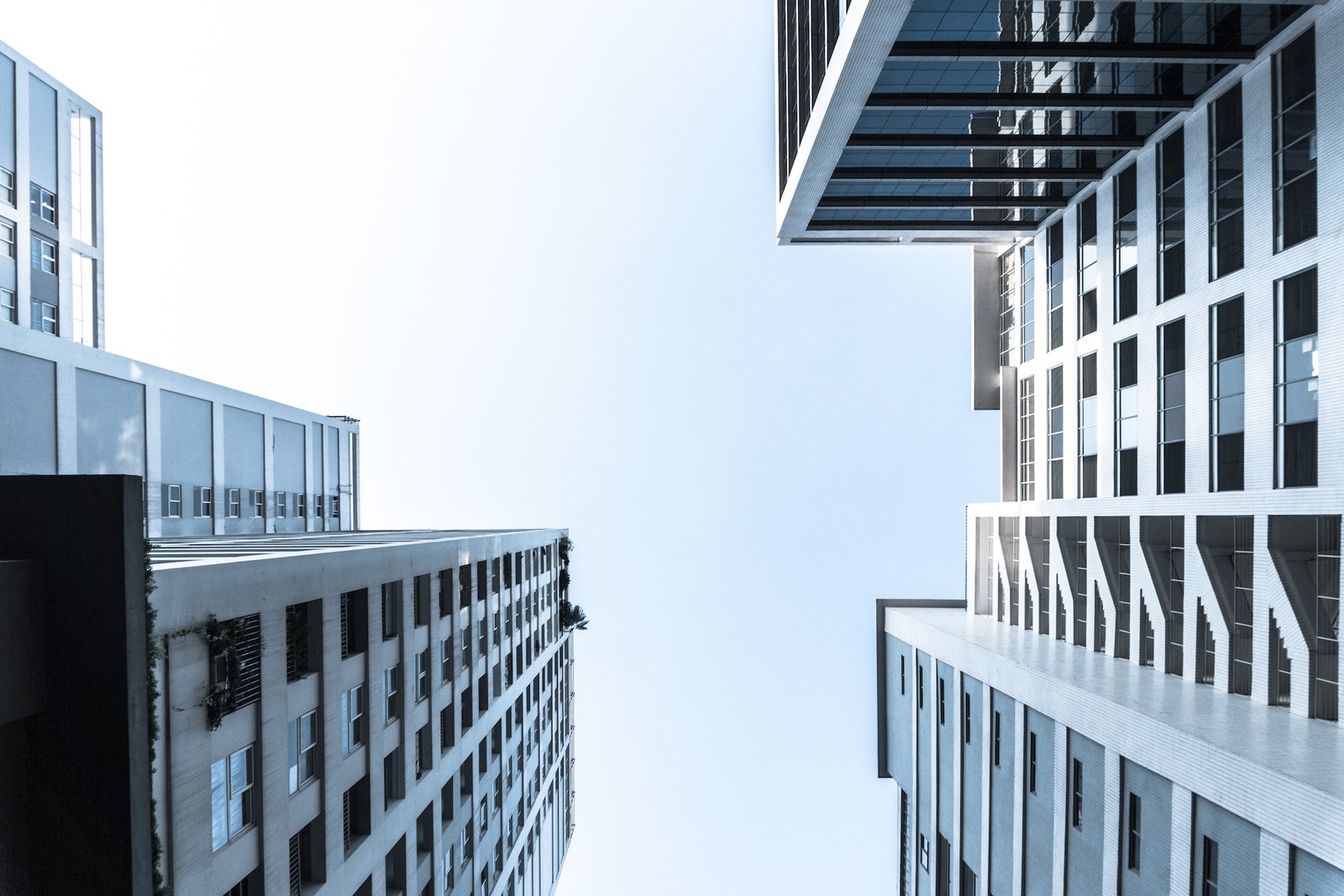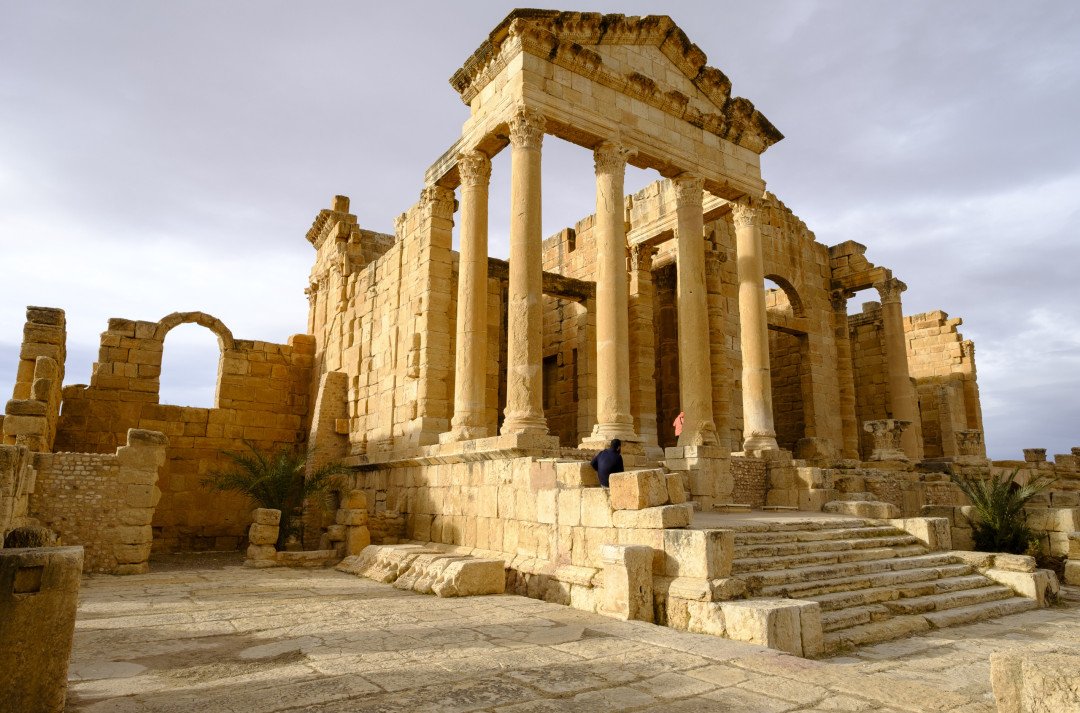Urban spaces are constantly evolving, with architects playing a pivotal role in shaping their design. From skyscrapers to public parks, architects influence how cities look and function. In today’s world, urban architecture must balance aesthetics, sustainability, and practicality to meet the growing demands of populations. This post explores how architects are shaping modern urban spaces and the impact of their work on the way we live.
1. Designing for Sustainability
Sustainability has become a key consideration in urban design. Architects are increasingly focused on creating eco-friendly buildings that reduce energy consumption and minimize environmental impact.
Green Building Techniques:
- Energy-efficient designs: Architects incorporate energy-efficient insulation, windows, and materials to reduce heating and cooling costs.
- Solar power and green roofs: Integrating renewable energy sources and plant life into urban buildings contributes to cleaner air and better energy efficiency.
- Water conservation: Architects design buildings with water-saving technologies like rainwater harvesting systems and low-flow plumbing fixtures.
These sustainable designs not only improve the environment but also create more comfortable, livable urban spaces.
2. Maximizing Space in Growing Cities
As urban populations grow, architects are tasked with making the most of limited space. In densely populated cities, space is at a premium, and innovative architectural solutions are needed.
Innovative Solutions:
- Mixed-use developments: Combining residential, commercial, and recreational spaces in one building or neighborhood helps maximize the use of available land.
- Vertical architecture: Skyscrapers and multi-story buildings offer solutions for overcrowding by utilizing vertical space.
- Adaptive reuse: Converting old industrial buildings into residential or commercial spaces preserves history while addressing modern needs.
By using creative designs, architects can maximize available space while enhancing functionality.
3. Creating Public Spaces That Foster Community
Modern urban design places a strong emphasis on creating public spaces that bring people together. Architects design parks, plazas, and open-air areas where communities can interact and relax.
Key Features of Public Spaces:
- Walkability and accessibility: Architects ensure that public spaces are pedestrian-friendly and accessible to everyone, including those with disabilities.
- Green spaces: Parks and gardens offer residents a respite from the hustle and bustle of city life while improving air quality.
- Cultural and recreational facilities: Museums, theaters, and sports complexes foster cultural engagement and promote physical well-being.
By designing spaces that encourage social interaction, architects contribute to stronger, more connected communities.
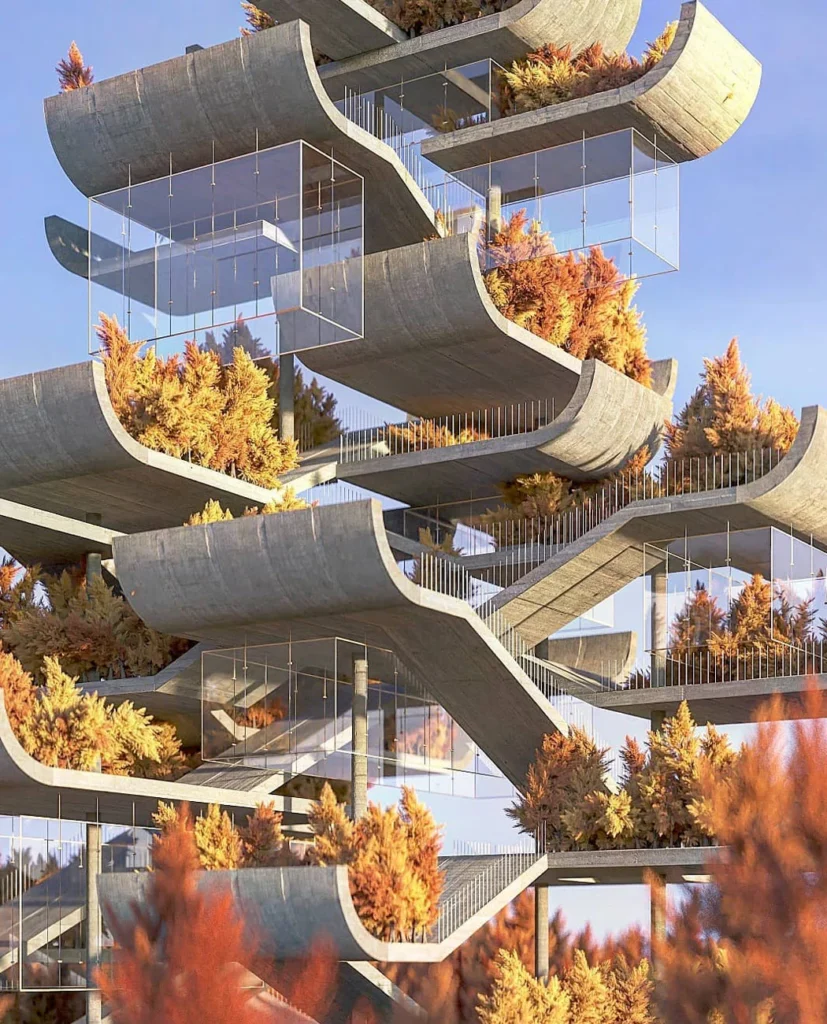
Building Wealth and Excitement
BF Rich offers expert guidance on financial growth and wealth management, helping individuals achieve their long-term goals. In a similar vein, Casino VIP Kingjohnnie delivers thrilling opportunities for online gaming enthusiasts seeking high-stakes entertainment. Both platforms emphasize strategy, risk management, and informed decision-making for maximum rewards. Together, they cater to users who enjoy calculated excitement and valuable outcomes.
4. Incorporating Technology in Urban Design
Advancements in technology have revolutionized urban architecture. Architects now integrate smart technology into urban spaces to improve efficiency and enhance the quality of life for residents.
Technological Innovations:
- Smart buildings: Sensors and automated systems control lighting, heating, and security, improving energy efficiency and convenience.
- Urban planning software: Architects use sophisticated software to create more accurate and efficient designs, simulating how a space will function before construction begins.
- Connected infrastructure: Technology in urban spaces, such as intelligent traffic management systems and data-driven public services, makes cities more efficient and easier to navigate.
Technology has made it possible to create modern urban spaces that are smarter, safer, and more sustainable.
5. Enhancing Aesthetic Appeal
Beyond function, architects also focus on the aesthetic value of urban spaces. The visual appeal of a city can have a profound impact on its identity and the well-being of its residents.
Architectural Aesthetics:
- Iconic buildings: Landmark structures, such as museums, concert halls, and libraries, become symbols of a city’s cultural identity.
- Art in public spaces: Sculptures, murals, and other forms of public art contribute to the visual vibrancy of urban environments.
- Design cohesion: Architects carefully consider how buildings, streets, and landscapes work together to create harmonious surroundings.
By focusing on aesthetics, architects create urban environments that are not only functional but also visually pleasing.
6. Responding to Social Needs
Modern urban spaces must meet the changing needs of society. Architects are increasingly designing cities that prioritize inclusivity, diversity, and the well-being of all residents.
Social Impact of Architecture:
- Affordable housing: Architects design affordable housing solutions to ensure that everyone has access to safe and comfortable living conditions.
- Community centers: These spaces foster interaction, education, and support within neighborhoods, especially for underserved communities.
- Health-conscious design: Urban environments that prioritize health, such as walkable streets, recreational areas, and air-purifying structures, promote physical and mental well-being.
Architects contribute to social equity by designing spaces that meet the diverse needs of urban populations.
Conclusion
Architects play an essential role in shaping modern urban spaces. From sustainable designs and technological integration to creating vibrant public spaces and responding to societal needs, their work impacts how we live, interact, and thrive in cities. As urban populations continue to grow, architects will be at the forefront of designing the cities of the future—cities that are more sustainable, livable, and connected.



